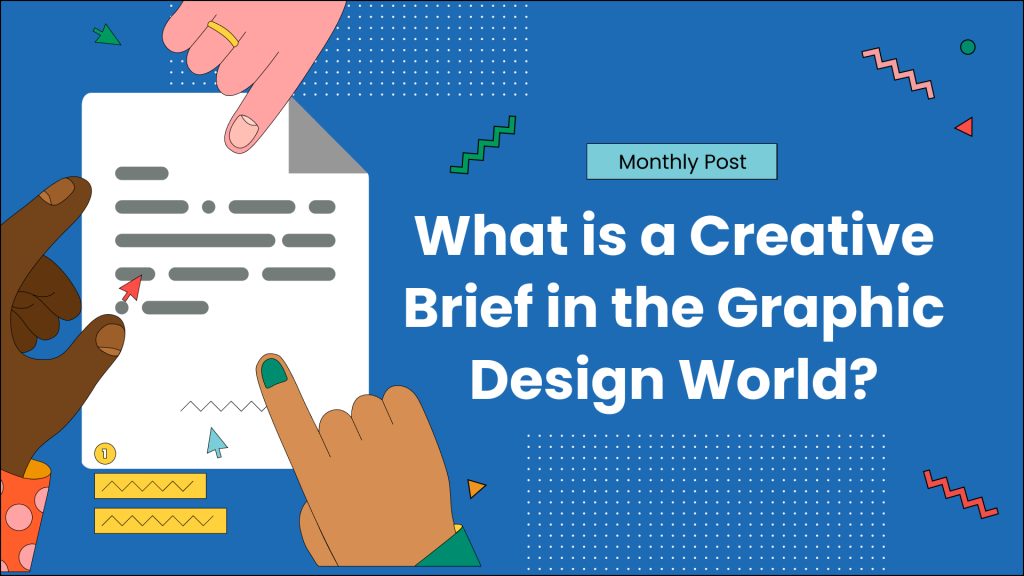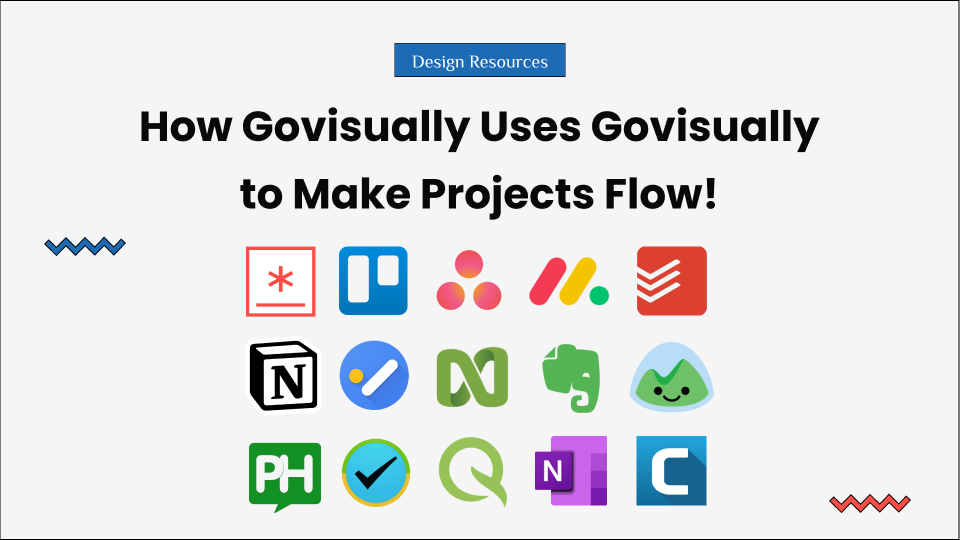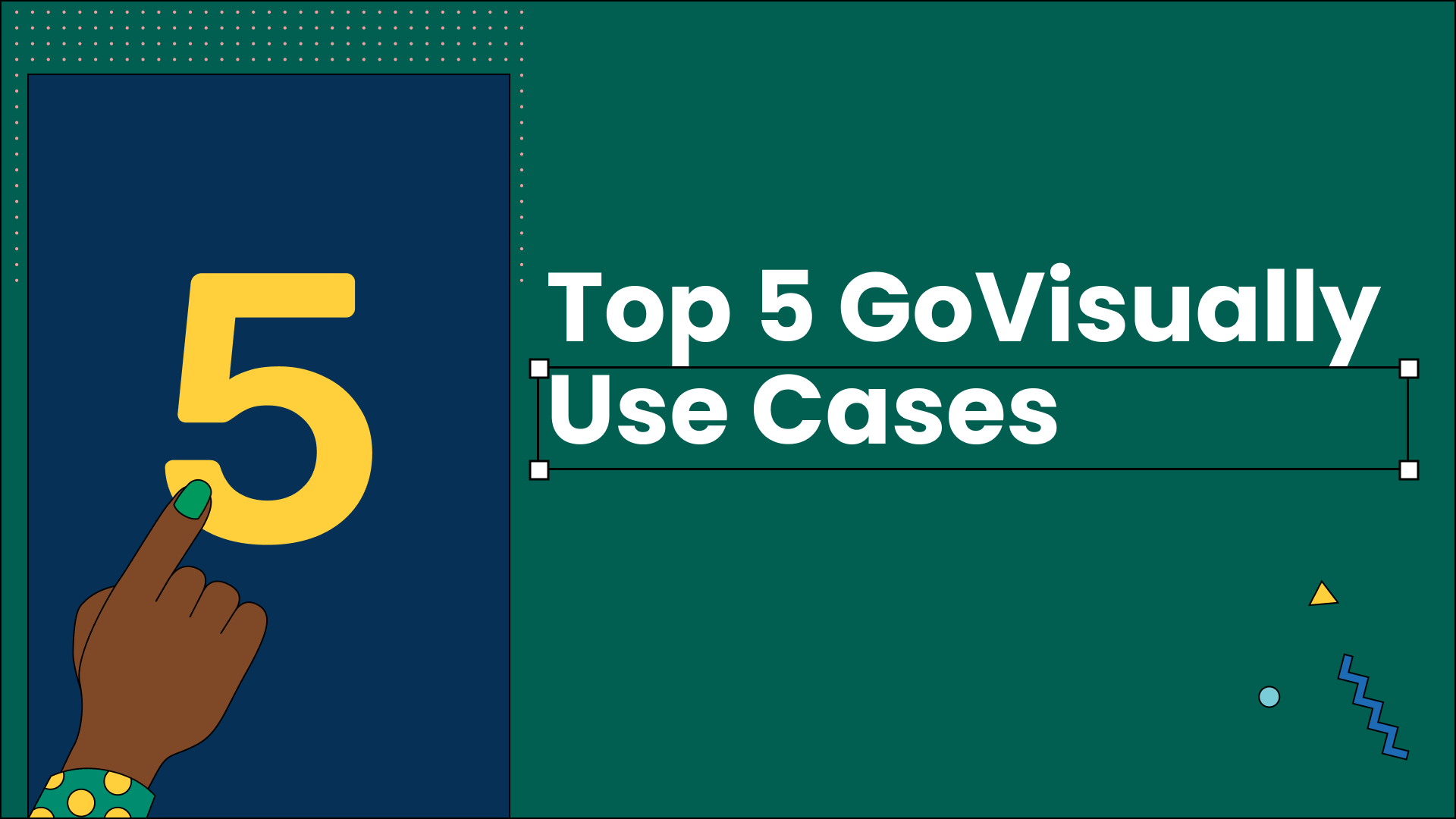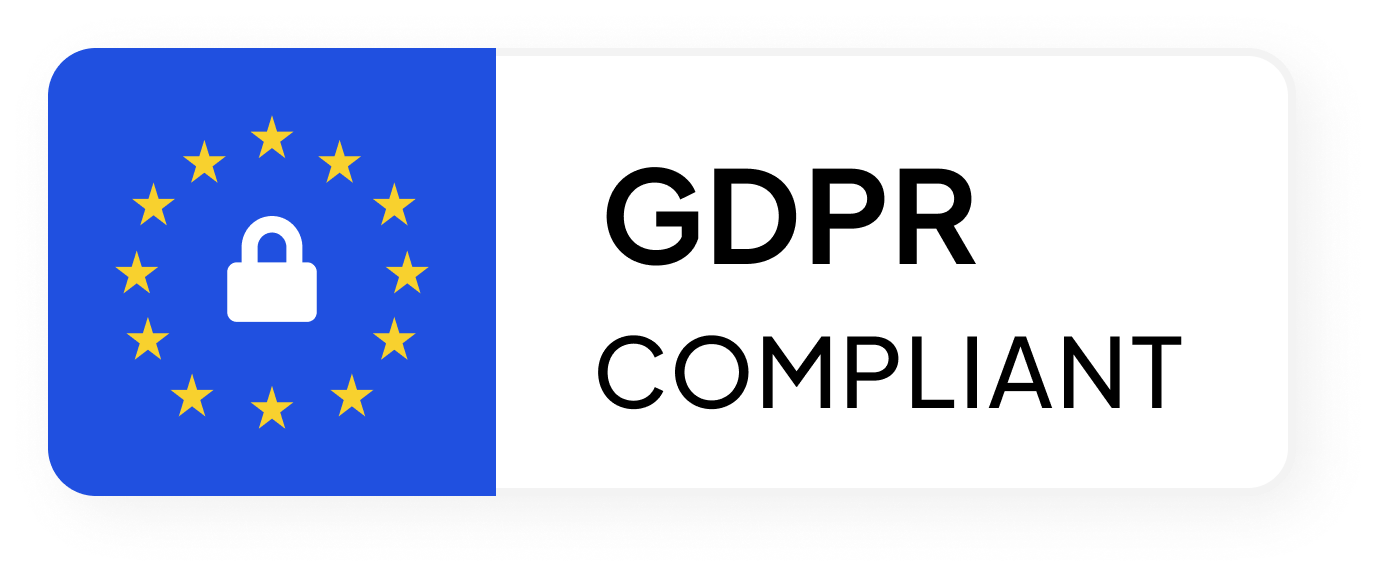It can be tough to effectively communicate thoughts and produce visions to life without a complete understanding of the project requirements. This often ends up in wasted time, miscommunications, and unsatisfactory results. Hence, a clear creative brief is of the utmost importance in achieving the desired outcomes. Thus, with this crucial document, tasks can quickly descend into a more apparent mess of assumptions, resulting in frustration and unaccomplished goals. The absence of a solid brief has the potential to impede even the most exceptional designers, often leading to misalignment and not-so-great results. Nevertheless, introducing a revolutionary brief helps align the designer and the client.
Megan Baker, Chief Marketing Officer at Wells Fargo Auto, emphasizes the significance of a properly crafted brief by way of saying:
“The value of a brief is to clearly connect your customer’s needs with your product offering. To do that, you need customer insights and a clear articulation of the behavior change you’re trying to inspire. Connect that action to how your product solves for their needs in the brief. Too often, this connection is missing for the creative team.”
This approach guides the innovative process with a shared understanding by capturing objectives, target audiences, and project requirements at an early stage. The benefits are manifold—a successful brief enables designers to expand their creativity while producing impactful work that truly embodies the customer’s imagination and vision.
Table of Contents
What is a Creative Brief?
What Jake Knapp, design partner at Google Ventures, sagely articulates is that “A solid creative brief is like a shrink-wrapped brownie mix – it’s got all the key ingredients measured out and ready to go.” This once again emphasizes giving people all the resources they need to succeed at the beginning of the process.
A creative brief is a document that outlines the critical details, goals, and requirements for a specific design project. It serves as a blueprint, guiding the designer through the creative process and ensuring that the final product aligns with the client’s vision and meets their objectives.
A well-crafted creative brief should answer the following questions:
- What is the purpose of the design project?
- Who is the target audience, and what are their characteristics?
- What is the desired tone and messaging?
- What design elements or brand guidelines need to be incorporated?
- What are the specific deliverables and formats required?
- What is the timeline and budget for the project?
A creative brief addresses these key aspects and gives the designer a solid foundation upon which to build their creative solutions. It helps ensure that the design process is focused, efficient, and aligned with the client’s goals from the very beginning.
Why is Creative Brief Important?
The creative brief must continue to change to keep pace with rapidly changing digital marketing. It can no longer be a monotonous, one-and-done document—it needs to be a dwelling, breathing entity that evolves as purchasers and market conditions shift.

1. Adaptable to New Market Demands
In today’s dynamic market, product adaptability is a must. That’s why marketing campaigns, product graphics, and other information should continuously adjust based on real-time consumer insights and consumer data collected from marketing campaigns. Using a creative brief, you can keep all the insights and campaign data at one place. When you work on a creative brief, multiple stakeholders are involved in the process.
This can make it difficult to track latest challenges, so that’s where you can use creative brief tools like GoVisually. GoVisually’s Creative Brief feature allows you to share a brief privately (excluding external stakeholders, or to an individual team member).
Try GoVisually Smartnotes
Centralize creative briefs, client intake documents, meeting notes in one place.
2. Data-Backed Approach
Creative briefs can no longer be driven by instinct and intuition. A creative brief should be guided by data, including critical metrics, KPIs, and a version control to track design modifications. This data-backed approach helps you to make informed decisions, validate hypotheses, and measure the effectiveness of your creative efforts. Using this approach, you can also optimize resources, improve ROI, and iterate the products continuously.
3. Documenting the Project
The duration of a single project can be of a week or a month or an year, there’s no defined timeline. And keeping track of every activity within the project manually or in your mind is impossible. However, you can have the entire outline of your projects using a creative brief.
Creative briefs are like recipes manuals for your project. It outlines all the resources involved and procedures required. The same document can also be used as a roadmap you can use to explain the planning, resources and expected results of the project.
This is Interesting!
Ogilvy’s ‘Real Beauty’ Dove rebrand showcases the power of a well-crafted creative brief. By deeply understanding the concerns of Dove’s target audience—real women and their insecurities—the brief drove a message of natural beauty. This resulted in one of the advertising industry’s most successful campaigns, reshaping perceptions of beauty and significantly enhancing brand recognition.
Creative Brief in the Graphic Design Examples
Creative briefs are essential components of many graphic design works, such as branding and logo design, advertising campaigns, product packaging, website design, and various print materials, including brochures, flyers, and annual reports.
For example, specifically, a branding project requires a well-written creative brief as the basis for an understanding of the brand’s personality, values, position, target audience, and competition. Drawing from this information, designers can create a holistic visual identity that genuinely represents the brand’s spirit and speaks to the target demographic most effectively.
A notable example of a creative brief that hit the mark is the campaign known as Fearless Girl which McCann New York created, State Street Global Advisors. The creative brief demanded a statement piece that would forcefully advocate for more women in leadership. The sculpture of a young, defiant girl staring down the bull has become an iconic protest art piece that gave birth to a global conversation and won many awards.
How a Creative Brief Works?
A creative brief acts as a comprehensive roadmap, guiding the designer through the creative process. It is pivotal in ensuring that the final design solution aligns with the client’s vision and meets the specific objectives. Here’s how a creative brief works:
- Setting the Foundation: The creative brief serves as the foundation for the design project. From the start, it provides the designer with a clear understanding of the project’s goals, target audience, brand guidelines, and design requirements. This initial information helps the designer conceptualize and ideate solutions aligned with the client’s needs.
- Informing Design Decisions: The creative brief is a constant reference point for the designer throughout the design process. When faced with critical design decisions, such as color schemes, typography choices, layout options, or messaging, the designer can refer to the brief to ensure their choices align with the project’s objectives and target audience.
- Evaluating and Refining Concepts: As the designer develops initial concepts and designs, the creative brief serves as a benchmark for evaluation. By comparing the concepts against the brief’s guidelines and requirements, the designer can identify areas needing refinement or adjustment to meet the project’s goals better.
- Maintaining Consistency: In projects involving multiple design elements or deliverables, the creative brief helps maintain consistency across all design aspects. By adhering to the brief’s guidelines, the designer can ensure that the final product, whether a logo, website, or marketing campaign, has a cohesive and unified look and feel that accurately represents the client’s brand.
- Facilitating Feedback and Collaboration: The creative brief provides a common language and reference point for the designer and the client during the feedback and revision process. By referring to the brief, the client can provide constructive feedback that aligns with the project’s objectives, and the designer can make adjustments to meet those expectations.
- Measuring Success: Ultimately, the creative brief serves as a tool for measuring the design project’s success. By revisiting the brief’s goals and success metrics, the designer and client can evaluate whether the final design solution has achieved the desired outcomes and resonated with the target audience.
What is the Outline of Creative Brief?
While a creative brief’s specific format and structure may vary depending on the project or the organization, certain key elements should be included to ensure its effectiveness. A typical creative brief outline consists of the following sections:
- Project Overview: This section provides a brief introduction to the project, including its background, context, and any relevant history or information that the designer should be aware of.
- Goals and Objectives: Here, the brief outlines the specific goals and objectives that the design project aims to achieve. These include increasing brand awareness, driving sales, or improving user experience.
- Target Audience: A detailed description of the target audience is crucial for informing the design decisions. This section should include demographic information, psychographic profiles, pain points, and other relevant insights about the intended audience.
- Brand Information: This section provides details about the brand’s identity, values, tone, and any established brand guidelines or style guides the designer must adhere to.
- Design Requirements: This section outlines the specific design requirements for the project, such as preferred color schemes, typography choices, layout preferences, or any mandatory design elements that must be incorporated.
- Deliverables and Formats: The brief should specify the expected final deliverables, including the types of design files (e.g., print-ready PDFs, web graphics, vector files) and the required formats or specifications.
- Timelines and Milestones: To ensure a smooth and efficient design process, the brief should include a detailed timeline with key milestones, deadlines, and any critical dates or events that may impact the project’s schedule.
- Budget and Resources: This section of the brief outlines the allocated budget for the project, as well as any resources or assets that will be provided to the designer, such as existing imagery, copy, or other materials.
- Success Metrics: Here the brief defines the key performance indicators (KPIs) or success metrics that will be used to measure the effectiveness of the final design solution, such as increased website traffic, higher conversion rates, or improved customer satisfaction scores.
6 Steps to Write a Creative Brief
A product brief contains key details, information, and specifications concerning a product or service. Thus, it becomes a single guiding direction for the entire process of the new product’s creation.

The process of developing a product brief includes the following steps:
1. Define the Product and Value Proposition
First and foremost, the product brief necessitates explicit definitions of a product of work and its value proposition. Ideally, the latter should be unique and drive the product above its competitors.
2. Identify the Target Audience
Identifying the target audience is the one of the most crucial steps in creating a good creative brief. In order to reach the right target audience, ask yourself these questions;
- Who is the primary demographic we want to reach with this design?
- What are the key characteristics of our target audience (age, gender, occupation, interests, etc.)?
- What are the specific needs or pain points of our target audience that this design aims to address?
- What are the behaviors and preferences of our target audience related to similar designs or products?
- How does our target audience typically engage with design-related content?
- Are there any cultural or societal factors that may influence how our target audience perceives this design?
- What messaging or visual elements resonate most with our target audience?
- How does our target audience align with the brand values and objectives?
- Are there any emerging trends or changes in the target audience demographics that we should consider?
These questions will help you understand the needs, pain points, and preferences of your target audience and even sub-audience. After answering these questions, you will be able to create a buyer persona for your targeted audience.
3. Market Research
To conduct thorough market research, divide the process into two key processes; analyze the competitors and identify market opportunities to base product positioning and strategy decisions.
Here’s the detailed breakdown of both the processes;
Analyze the Competitors:
- Identify direct and indirect competitors in the market.
- Evaluate competitors’ products or services, including features, pricing, and positioning.
- Assess competitors’ marketing strategies, including messaging, channels, and target audience.
- Analyze competitors’ strengths, weaknesses, opportunities, and threats (SWOT analysis).
- Consider competitors’ customer reviews, feedback, and satisfaction levels.
- Identify any unique selling propositions (USPs) or competitive advantages competitors may have.
- Determine how competitors are positioned in the market and their market share.
Identify Opportunities:
- Identify market gaps or unmet needs that competitors are not addressing.
- Analyze industry trends, including technological advancements, consumer preferences, and regulatory changes.
- Conduct market segmentation to identify specific target audiences and their needs.
- Explore emerging markets or niche segments with growth potential.
- Assess the feasibility and potential impact of entering new markets or expanding product lines.
- Consider partnerships, collaborations, or strategic alliances that could create new opportunities.
- Evaluate customer feedback, surveys, and market studies to identify areas for improvement or innovation.
- Brainstorm ideas for product differentiation or unique value propositions based on market insights.
- Prioritize opportunities based on their alignment with business goals, market demand, and competitive landscape.
By systematically analyzing competitors and identifying opportunities, businesses can make informed decisions regarding product positioning, strategy development, and resource allocation in line with market dynamics and consumer preferences.
4. Product Goals and Objectives
Define the clear and measurable goals your product should achieve, aligning with strategic objectives from the business plan. In this step you need to outline the purpose of the project and the problem it’s going to solve. This section should lay out concrete steps on how the project will be executed. Discuss the following questions with your team in order to create clear project outline;
- What will make this a successful project?
- What steps do we need to take to accomplish our objectives?
- What are our project goals for this design?
- What metrics will we use to measure success?
5. Budget and timeline
Budget and timeline are one of the most crucial aspects of a project. Make sure to include detailed timelines to ensure the projects stays on track, resources are managed efficiently, and the stakeholders are aware of project progress.
By incorporating the project and budget in your creative brief you can also justify the project budget and timelines. Providing detailed timelines helps in scheduling tasks, managing dependencies, and mitigating potential delays. Moreover, outlining the project budget allows stakeholders to understand the financial requirements and make informed decisions about resource allocation and investments.
Here are some questions to ask while drafting this section of the creative brief;
- What will be the duration of the entire project (from start to finish, specify all the details)?
- What is the allocated budget for this project?
- How long would it take to receive feedback?
- How frequently will you and your client update your project timeline tool?
6. Final Deliverable
Name the performance indicators that will measure the product’s success. It should be based on the linkage with product goals and objectives
More often, people confuse deliverables with objectives. Let me clarify. The objectives of the projects are typically the guiding principles that provide the direction and purpose for the project. Whereas deliverables are the expected results produced through the execution of a project. Deliverables include the exact list of items expected in the final outputs.
For example, it can include the design required for a digital marketing campaign, web page designs for a new website, marketing brochures etc. Additionally, it also includes much clearer specifications and details than objectives including the dimensions of a design file, concept development involved, delivery format, etc.
When to Use Creative Brief?
A creative brief is essential for any graphic design project, big or small. It should be utilized in situations such as:
- New projects to align objectives, audience, and requirements upfront.
- Ongoing client relationships to prevent assumptions and document specific goals.
- Collaborative teams will provide a centralized reference for consistency.
- Complex, multi-phase projects to maintain focus and break down components.
- Rebranding efforts to clearly define the new brand direction.
- Pitching and proposals to demonstrate understanding of client needs.
Maximize your Design Potential with GoVisually’s Creative Briefs
Using a manual design brief can make the process extremely difficult and time-consuming. And creating a digital creative brief from scratch requires brainstorming, long discussions, back and forth iterations, so again, time-consuming. If you go by the usual hardwork way, you might even have to stretch the deadlines.
But if you use existing creative briefs offered by tools like GoVisually, you can produce the brief in less than half the time.At GoVisually, we work closely with clients to accurately translate their vision into actionable design guidelines. And our support continues beyond brief delivery, ensuring the final product exceeds expectations.
GoVisually’s creative briefs streamline processes, minimize revisions, and inspire exceptional, resonated solutions. They challenge designers to think outside the box while staying grounded in project objectives.
Partner with us and experience the power of comprehensive briefs that guide you toward design success. Unlock your potential with GoVisually.





